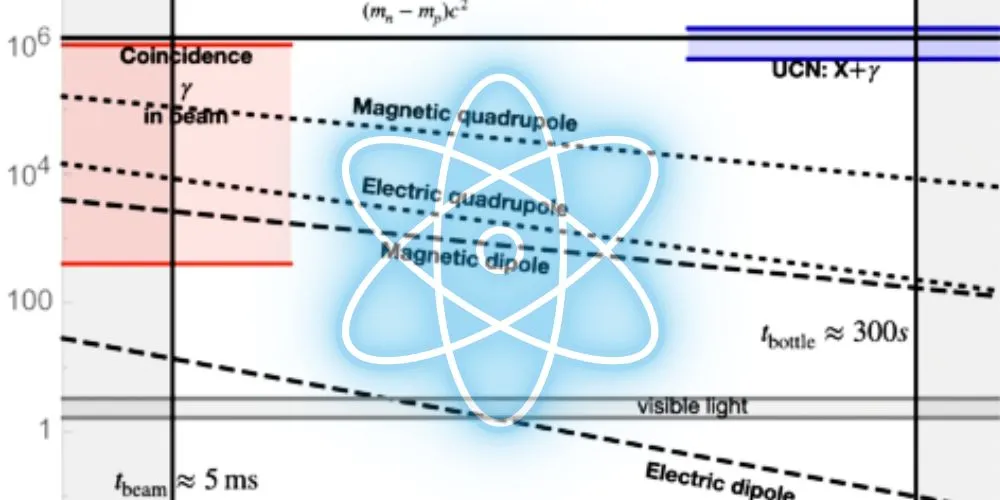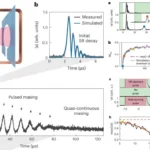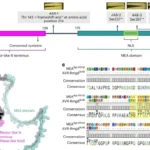Key Points
- TU Wien researchers propose that excited states of neutrons may explain discrepancies in neutron lifespan measurements.
- Neutron beams show longer lifetimes compared to neutrons stored in bottles, creating a puzzling eight-second difference.
- The hypothesis suggests that some neutrons exist in a higher energy state and decay faster than those in the ground state.
- New experiments are being planned to test this theory, with international collaborations aiming to confirm the findings.
Physicists at TU Wien (Vienna) may have solved a long-standing puzzle regarding the lifespan of free neutrons, a fundamental building block of matter. When neutrons are part of an atomic nucleus, they remain stable, but free neutrons decay into protons, electrons, and antineutrinos after about 15 minutes.
For nearly 30 years, scientists have observed conflicting results when measuring the lifetime of free neutrons using two different methods: neutron beams and “bottle” experiments. Now, researchers Benjamin Koch and Felix Hummel from TU Wien propose that this discrepancy could be explained by previously undiscovered excited states of the neutron. The research was published in Physical Review D.
The two common methods for measuring neutron lifetimes involve channeling neutrons into a beam to track their decay or storing them in a bottle using magnetic fields. Results from these methods differ by about eight seconds—an unusually large difference for such measurements. While neutron beam experiments suggest a longer lifespan, neutrons in bottles appear to decay faster.
The new theory suggests that when neutrons are produced through radioactive decay, they may initially exist in a mixture of states—some in a ground state and others in an excited state with slightly more energy. Neutrons in an excited state would have a shorter lifespan than those in the ground state.
Over time, excited neutrons would naturally return to their ground state, similar to how foam bubbles disappear over time in a bubble bath. This means that the neutron beam contains a mix of both states, leading to the observed longer lifespan, while neutrons stored in a bottle would mostly be in their ground state, decaying more quickly.
Koch and Hummel’s calculations suggest that the excited state must have a lifetime between 5 milliseconds and 300 seconds. Shorter lifetimes would make it impossible to detect excited neutrons before they revert to their ground state, while longer lifetimes would not explain the measurement differences.
To confirm their theory, the researchers plan to reanalyze data from past experiments and conduct new ones with teams at TU Wien’s Institute for Atomic and Subatomic Physics, as well as international collaborators. These experiments could finally resolve the decades-old question of neutron lifetimes and open up new research areas in particle physics.





